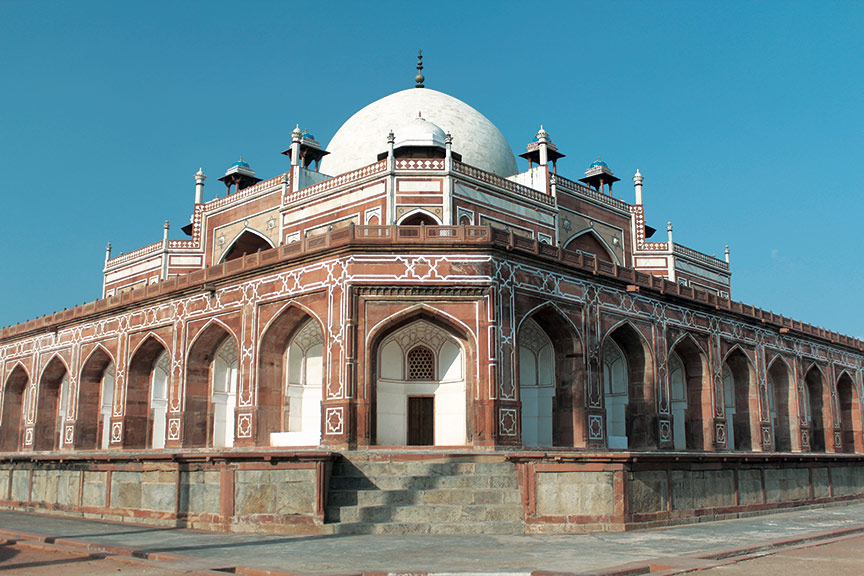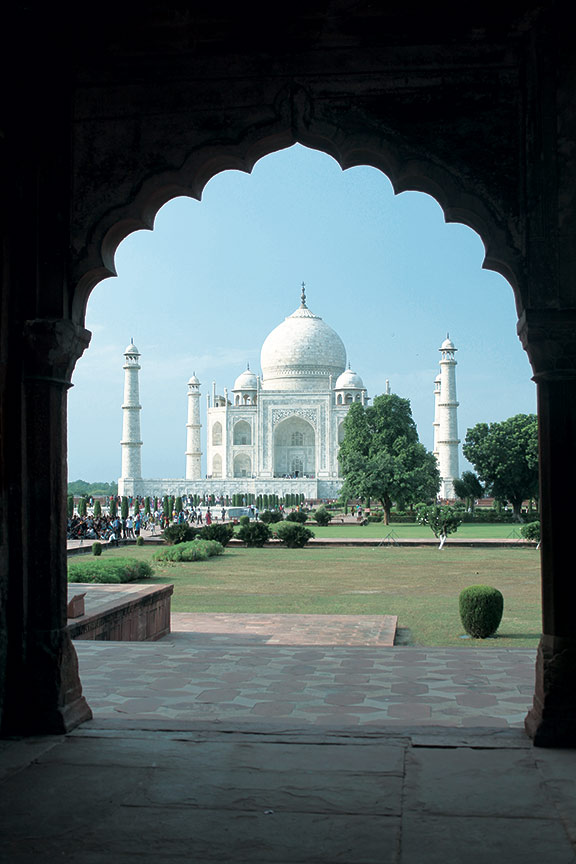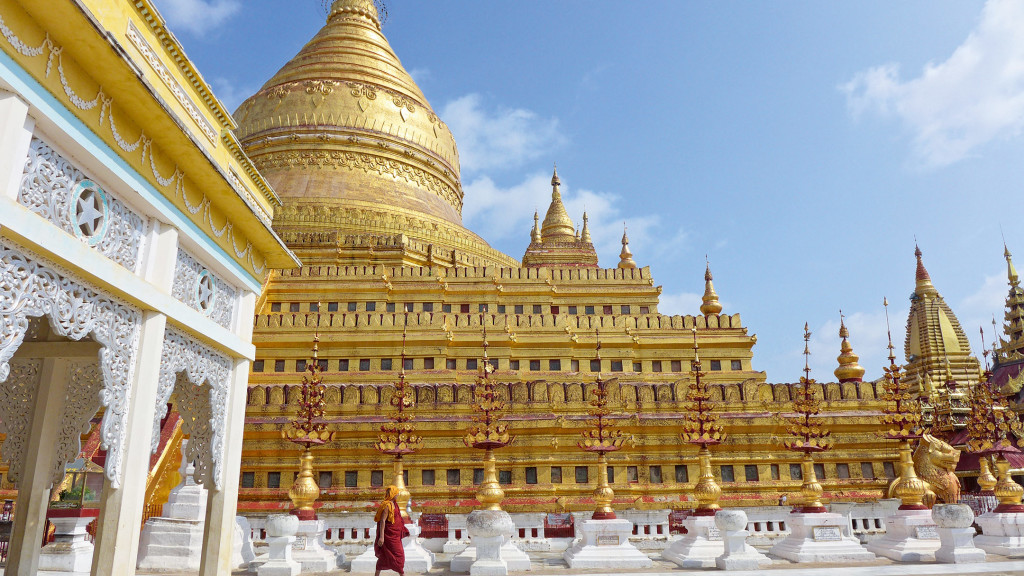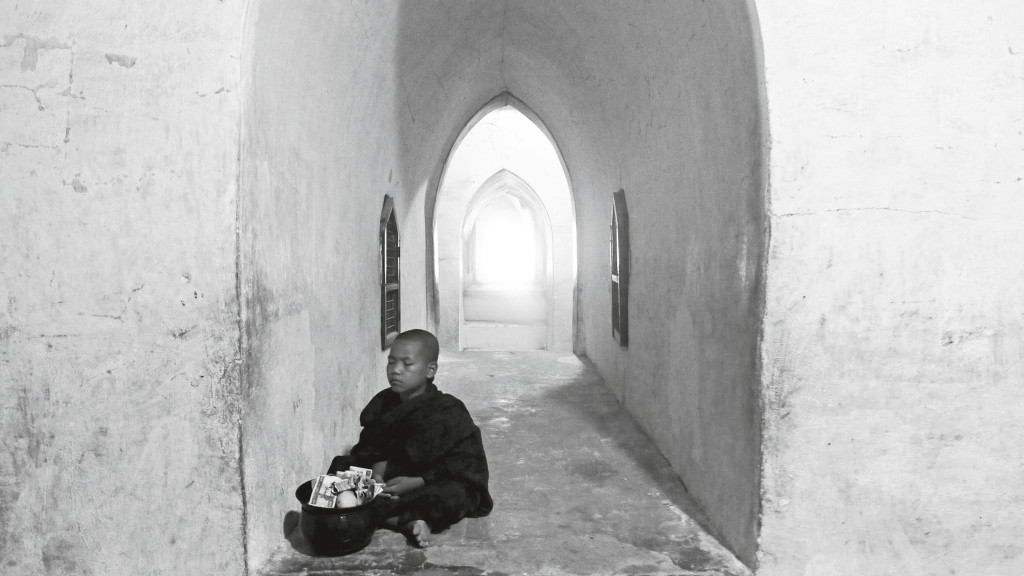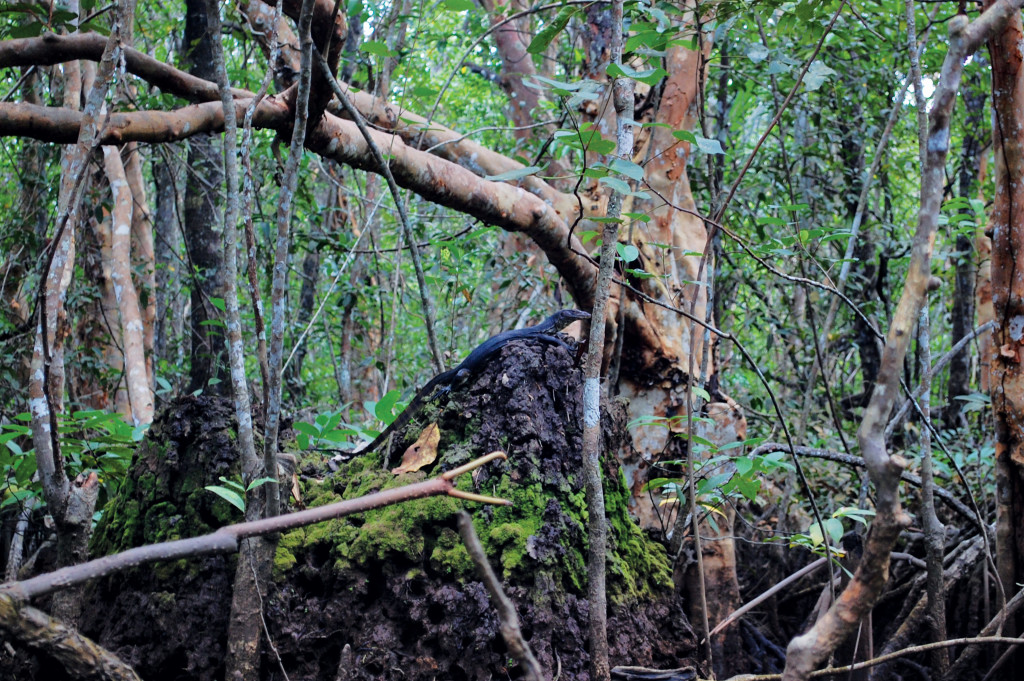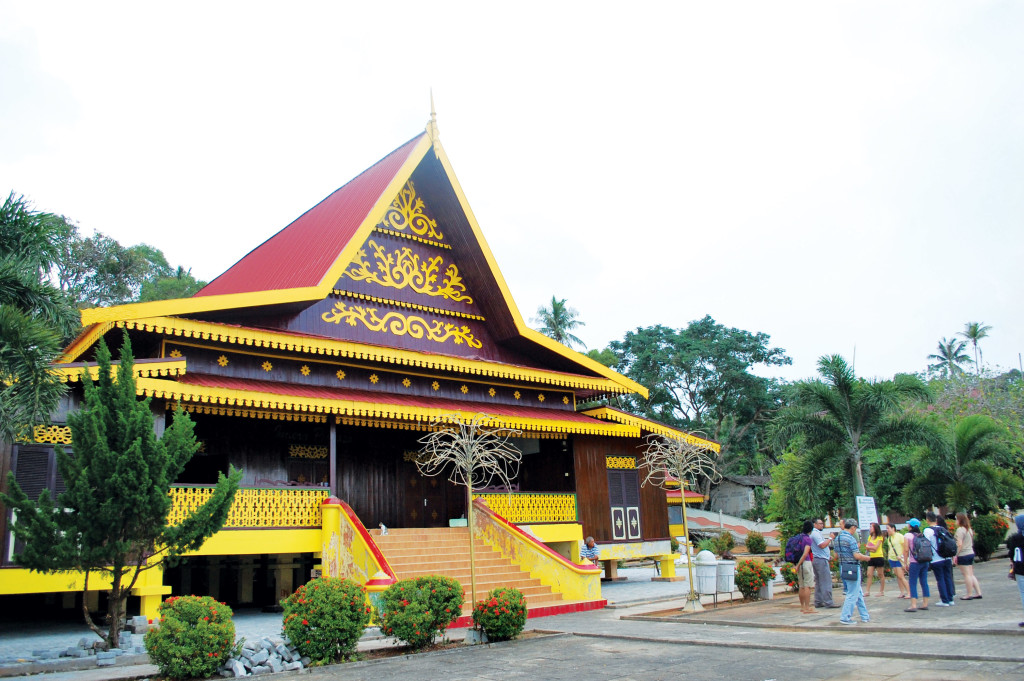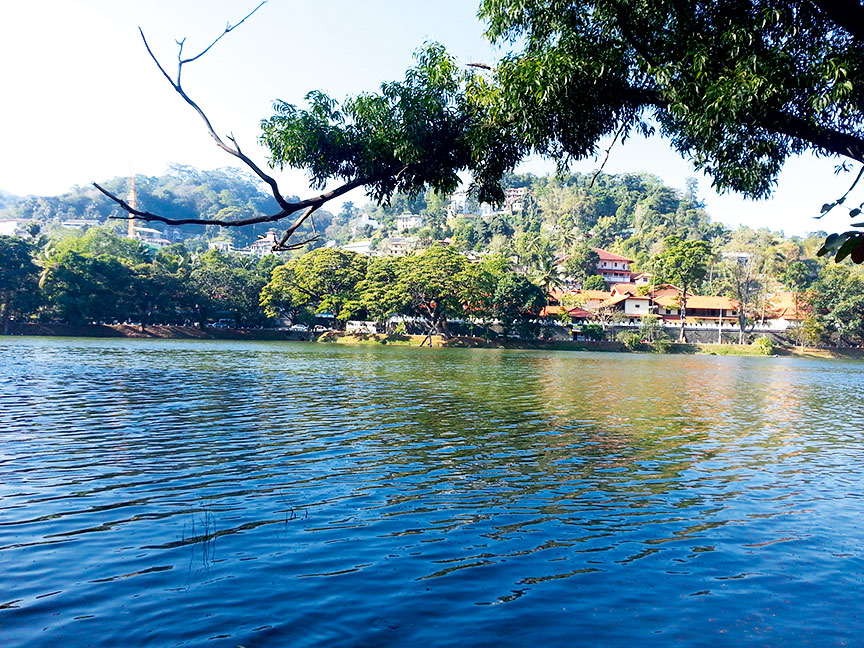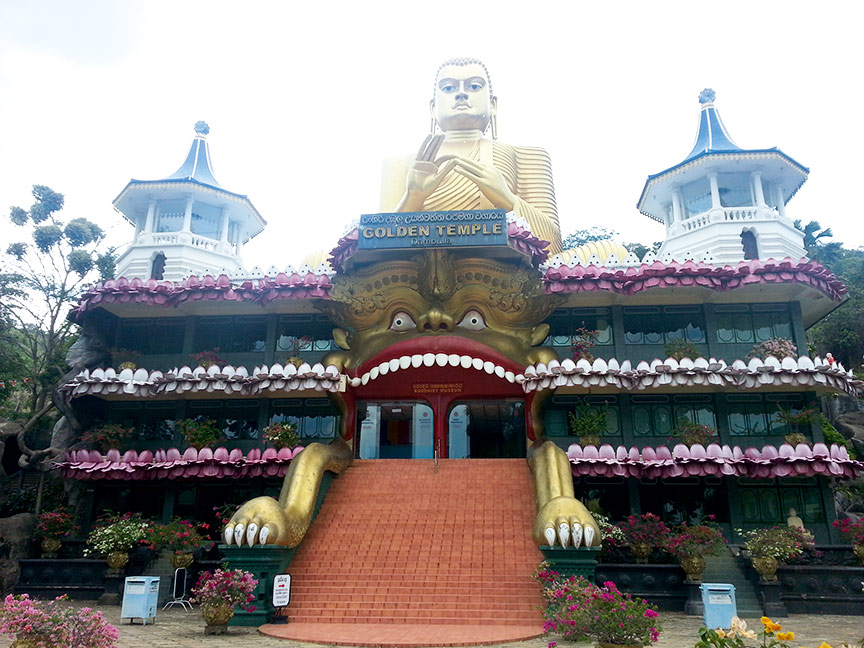The best way out of Asia, is through Asia. Explore the continent ala PeopleAsia by making a stop in these excruciatingly beautiful destinations. And we’re not just talking about the dazzling lights of Tokyo or the busy streets of Hong Kong. We’re talking about the exotic realms that Asia is known for, where magic and myth, land and legend continue to meet.
***
India: In the Realm of Love and Ruins | By JOSE PAOLO DELA CRUZ
Like a typical affair, our first encounter with India was discreet and formal. A fitting introduction, since we were, after, all in her political capital.
(The grandeur of Taj Mahal in Agra)
(The Mughal wonder Humayun Tomb)
New Delhi
- The Qutb Minar (the world’s tallest free-standing brick minaret) which signifies the arrival of Islam in India
- The Red Fort which used to be the military powerhouse of the fabled 17th-century Mughal Emperor Shah Jahan and where shoppers can enjoy a flea market (called Jatujak) that’s full of affordable trinkets, scarves, bracelets and even small marble and sandstone ornaments
- The Santushti Shopping Complex for high quality items such as the softest cashmere scarves and pashmina shawls
The Taj Mahal
- A mausoleum built by the famous Emperor Shah Jahan for his second wife Mumtaz Mahal. Upon her death, Shah Jahan was reportedly inconsolable and went into deep, secluded mourning.
- A year later, he started on his posthumous gift for his departed wife. The Taj Mahal, a marble mausoleum built by 20,000 people over a period of 22 years, and with a price tag of 65 million rupees, became Mumtaz Mahal’s final resting place in 1648).
Aurangabad
- Its charm is definitely provincial (buildings more than five-storeys high are a rarity).
- The Ajanta Caves where not one element in these caves can be detached. These were built by monks and artisans, who were commissioned by ancient kings to create temples of faith from what used to be just one rock. Find well-preserved paintings on the ceilings, walls and even floors, mostly depicting the life and times of Gautama Buddha, and his path to enlightenment and murals on the walls telling a very complete story
- The Ellora Caves: Even more elaborate, a series of 34 caves, spread across a vast mountainside beside a river and a waterfall where each cave boasts of rows of pillars and multiple storeys, with every aspect of the caves serving a specific purpose
Mumbai
- India at her most vivacious where you can enjoy the Indian cityscape at its finest
- Architecture of most hotels and buildings by the bay are still reminiscent of the British rule
- The Gateway of India, one of the major monuments in the city, located in the Apollo Bunder area in South Mumbai is an 85-ft tall arch built from yellow basalt, reinforced with concrete and derived from the Muslim architectural styles of 16th century Gujarat.
With her many faces and her enigmatic deviance, India was able to keep part of our hearts hostage. One visit and we knew. A trip to India is so much more than a tour. It’s an adventure, an exciting affair that will make you come back for more.
***
Yangon and Bagan, Myanmar: Crossroads of Gold | Text and photos by MONICA ARANETA TIOSEJOÂ
If you’re planning a trip to Myanmar, the second largest country in Southeast Asia, don’t ask any questions. Just go. Do not let fear and suspicion get the better of you.
(The Shwezigon Pagoda)
(At Ananda Temple, a novice has nished collecting  food for lunch. He offers his meal to Buddha rst across the island before he eats)
Yangon:
- Yangon used to be a small fishing village and the capital until 2005,
- Wander among the colonial-era buildings
- Bargain-hunt at the Scott Market, a unique bazaar with tiny clusters of stalls selling furniture, crafts, jewelry, clothes, slippers and food.
- The Shwedagon Pagoda, which was erected over a treasury enshrining eight hairs of Buddha. The towering stupa, at 326 ft., is covered in pure gold. The very tip of the pagoda is set with an orb cemented with diamonds (1,800 carats!) and it’s topped with a 76-carat solitaire!
Bagan:
- A dusty region 300 miles north of Yangon that is along the Irrawaddy River
- Its golden plains studded with thousands of bell-shaped stupas, brick temples and castle-like structures
- The majestic Shwezigon Pagoda known not only for its sanctity but also for its unique architectural structure, pavilions that surround it and glazed terra cotta plaques depicting various scenes from the life of Buddha.
- The Ananda Temple illustrating Buddha’s infinite wisdom with four entrances to the temple housing a giant standing Buddha image at each and two walkways that circumnavigate the whole pagoda
- Photographs of wall paintings in temples are now forbidden so young artists copy them on cloth and sell them as souvenirs
- The main craft of Bagan is lacquer ware
Myanmar’s wealth lies in the spires of pagodas that dot the land by the thousands; in the sun that transforms whatever it touches into fields of gold; and in the hearts of the people, proving all that glitters doesn’t have to be gold.
***
The Riau Islands, Indonesia: A Silent Beauty | Text and Photos by JOSE PAOLO S. DELA CRUZ
Simplicity is key in exploring the more genteel side of the world’s largest archipelago.
(A rare glimpse at an exotic lizard in the mangroves of Bintan
(One of the many decorated temples)
Batam
- Saved from the hustle and bustle that most progressive cities suffer from and guarded by serene, blue beaches.
- The Nongsa Point Marina and Resort that closely follows the natural terrain of the place with white, pillared structures and red clay roofs that make for a breathtaking escape from the metro complete with beautiful pools, manicured gardens and a marvelous view of the sea
- The Montigo Resort that adapts to the hilly terrain by building beautiful white villas on hills facing the sea and whose architecture is more modern, almost like the iconic apartments of Melrose Place, but even better.
Bintan
- Adventure takes on a more “natural†form
- The surrounding forest becomes every traveler’s gateway to adventure
- Take advantage of the sprawling — and still expanding — mangrove forests of the Bintan Resort.
- The place to visit for a rare glimpse of the archipelago’s much-talked about silverleaf and macaque monkeys, purple herons, kingfishers, lizards, snakes and other wildlife
- The Bintan Agro Beach Resort where a visitor is promoted from mere spectator to participant, as possibilities of snorkeling and swimming abound.
With a steady mix of drama and adventure, sounds and color, The Riau Islands scream of beauty in its quietness. And it’s a call your heart would probably want to heed, anytime of the year.
***
Sri Lanka: Paradise Regained | By NELSON NAVARRO
Once known to the world as British-ruled Ceylon and independent since 1945, this legendary cornucopia of tea, spices and gems all but disappeared from the radar of trade and tourism beginning 1983. It was ravaged beyond words by one of the most ferocious civil wars of the 20th century. Not anymore.
(The idyllic lake of Kandy)
(One of the countless Buddhist temples dotted across the island)
Kandy
- Leaves little to be desired in terms of cool, spring-like weather and exotic quaintness.
- A thriving metropolis of the mountains built on gentle hills surrounding an emerald-green man-made lake
- The Tooth Relic, one of Buddhism’s most sacred shrines.
Anudharapura
- Flourished roughly the same time as the great Buddhist centers of Cambodia’s Angkor Wat and Myanmar’s Bagan.
- Served by small towns and resorts. Apart from the crumbling or unearthed stupas and pagodas
- Revered for its massive Sri Maha Bodhi tree, from a sapling of the original tree in Sarnath, India under which the Buddha gained enlightenment.
- Ulagalla, an old plantation transformed into a luxury wildlife resort where guests are housed in 20 chalets and are served meals inside them and can enjoy a mini pool-cum-jacuzzi tub, an Olympic-sized pool and a modern gym, bicycles and golf carts and chance meetings with monkeys, deer, peacocks, egrets and other birds.
The Willpatu National Park
- Approached for safaris and famous for its free-range population of elephants, leopards, primates and a great variety of birds, including the crested eagle
- The nation’s biggest forest reserve with an endless gauntlet of wild bushes and undergrowth punctuated by hardwood trees and palm oil plantations.
Colombo
- A modern capital with a distinct colonial flavor
- The Taj Samudra, an Indian luxury hotel rivaled only by Oberoi’s Cinnamon Garden, Galidari, Galle Face (under refurbishing) and the Mount Lavinia, a grand hotel in the southern suburbs.
- Vintage British architecture and grand residences reminiscent of neighborhoods of Yangon and New Delhi.
- Dinner at the Mount Lavinia with all the livery and sumptuous setting of the vanished Raj.
Odel’s
- A shopping mall set in a landmark colonial mansion with all the luxury goods
- World-famous Ceylon tea of all varieties from the plantations of Nuwera Elliya and Kandy
- Semi-precious gems like rubies, topazes, moonstones and, notably, blue sapphires made famous by Diana, Princess of Wales,
- Ethnic gewgaws of a rich ancient culture, and chic furniture and houseware evoking Bali.
- Heavily-discounted branded apparel and textile (Sri Lanka’s garment industry is one of the best in the world).
Indeed, times have changed for the better in Sri Lanka, the tear-shaped island at the feet of the teeming subcontinent which dominates the vast Indian Ocean.

